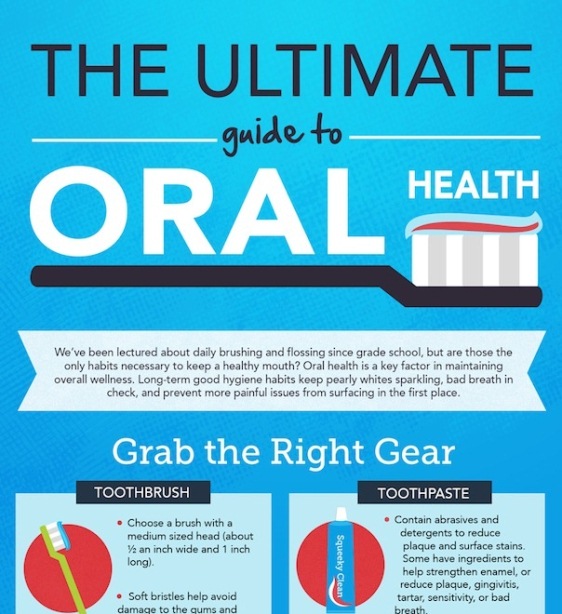Invisalign Versus Conventional Braces: A Substantial Analysis
Invisalign Versus Conventional Braces: A Substantial Analysis
Blog Article
Content Writer-Houston Beck
When faced with the choice in between Invisalign and typical braces, you might wonder which alternative aligns much better with your way of life and choices. The selection involves more than just the aesthetic appeal; it looks into variables like therapy period, convenience, and long-lasting dental wellness impacts. Think about the influence each option may carry your day-to-day regimen and self-esteem. As we discover the detailed comparison, you'll gain understandings into the nuances that make these orthodontic treatments one-of-a-kind and discover which one may be the better suitable for you.
Materials and Construction
When contrasting Invisalign to conventional dental braces, the materials and building vary significantly. Invisalign consists of clear, smooth plastic aligners customized to fit your teeth. These aligners are basically invisible, making them a preferred option for those looking for a more discreet orthodontic therapy.
On the other hand, traditional dental braces involve steel braces that are glued to your teeth. These brackets are after that attached by cords and rubber bands, using stress to slowly shift your teeth into the desired position.
The construction of Invisalign aligners enables an extra comfortable fit compared to standard braces. The smooth plastic product minimizes inflammation to your cheeks and periodontals, which is a common problem with steel brackets and cords. In addition, Invisalign aligners are removable, making it much easier to comb and floss your teeth with no obstructions.
In https://waylonieysn.bloggip.com/30288332/remaining-discomfort-swollen-gums-and-oral-concerns-are-signs-and-symptoms-that-need-to-not-be-disregarded-motivating-the-demand-for-instant-treatment-from-an-emergency-situation-dental-expert-act-promptly-to-prevent-further-difficulties , standard braces are fixed onto your teeth, requiring added treatment and time for appropriate upkeep.
Maintenance and Oral Hygiene
The maintenance and dental health methods vary between Invisalign and conventional dental braces as a result of their special design and building and construction.
With Invisalign, you can get rid of the aligners when eating or cleaning your teeth, enabling you to maintain your normal oral hygiene regimen without any obstructions. It's vital to comb your teeth after eating before putting the aligners back on to stop food fragments from obtaining caught and triggering degeneration.
On the other hand, traditional dental braces need additional attention to keep your teeth tidy. Food bits can quickly get stuck in the braces and wires, leading to plaque buildup and prospective dental cavity. You'll need to make use of unique tools like interdental brushes or floss threaders to tidy between the cords and braces successfully.
Routine dental examinations and cleansings are important to guarantee that your oral health is in top problem while using traditional braces.
Exposure and Appearance
Presence and visual appeals play a considerable role in the comparison in between Invisalign and conventional dental braces. When it pertains to look, Invisalign provides a clear advantage over conventional dental braces. Invisalign aligners are basically unnoticeable, making them a popular choice for those who choose a more discreet orthodontic therapy option.
Unlike the recognizable steel braces and cables of conventional dental braces, Invisalign aligners are clear and assimilate with your all-natural teeth, permitting you to grin confidently throughout your treatment.
Typical braces, on the other hand, are more noticeable due to their steel elements. While dental inplants may go with vivid bands to personalize their braces, others may feel awkward about the presence of these orthodontic home appliances. The prominent look of typical dental braces can often affect an individual's self-esteem, particularly for adults in professional settings.
Final thought
To conclude, when choosing in between Invisalign and traditional dental braces, consider your lifestyle and choices. Invisalign supplies a very discreet and comfy option with very easy upkeep, while traditional dental braces supply colorful personalization yet might impact self-worth.
Inevitably, the decision ought to be based upon what jobs best for you in terms of visual appeals, comfort, and comfort. Ensure to consult with your orthodontist to establish the most appropriate treatment for your individual needs.
